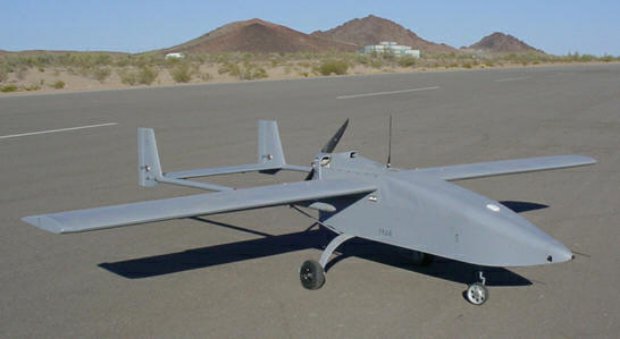Researchers from Naval Air Systems Command, Eglin Air Force Base, and engineering company Navmar Applied Science Corporation are developing a weapons system for small unmanned aircraft.
The petite, 13-foot MicroUAV Tigershark, already used for surveillance and reconnaissance, will be outfitted with an even smaller drone — developed by Air Force researchers under the Precision Acquisition and Weaponized System programme — that doubles as a warhead. The baby drone would detach from its Tigershark mother and relay real-time video to ground support as it was directed toward a target and then detonated on impact.
It’s an idea that U.S. Special Operations Command (SOCOM) has been interested in pursuing for years. In 2007, SOCOM’s Col. Jim Geurts expressed an urgent need for smaller, more targeted weaponry, so that “the guy in the truck evaporates and the two trucks next to him don’t get blown out and the windows in the house don’t get blown out.”
A $12 million design and assembly effort is supposed to be done in the Spring of 2012. After that comes testing at Eglin and at the Army Yuma Proving Ground in Arizona.
The logic behind these teenier missiles and self-detonating drones is simple: A smaller boom and a more targeted explosion — right through the car windshield, for example — keeps unnecessary damage to a minimum.
“Because of the small size of the warhead, it would have pinpoint precision for the target,” Chyau Shen, a Navy programme manager for surveillance systems, said. “And would not cause harm to neutrals or civilians near the target.”
Source: Wired: Danger Room

